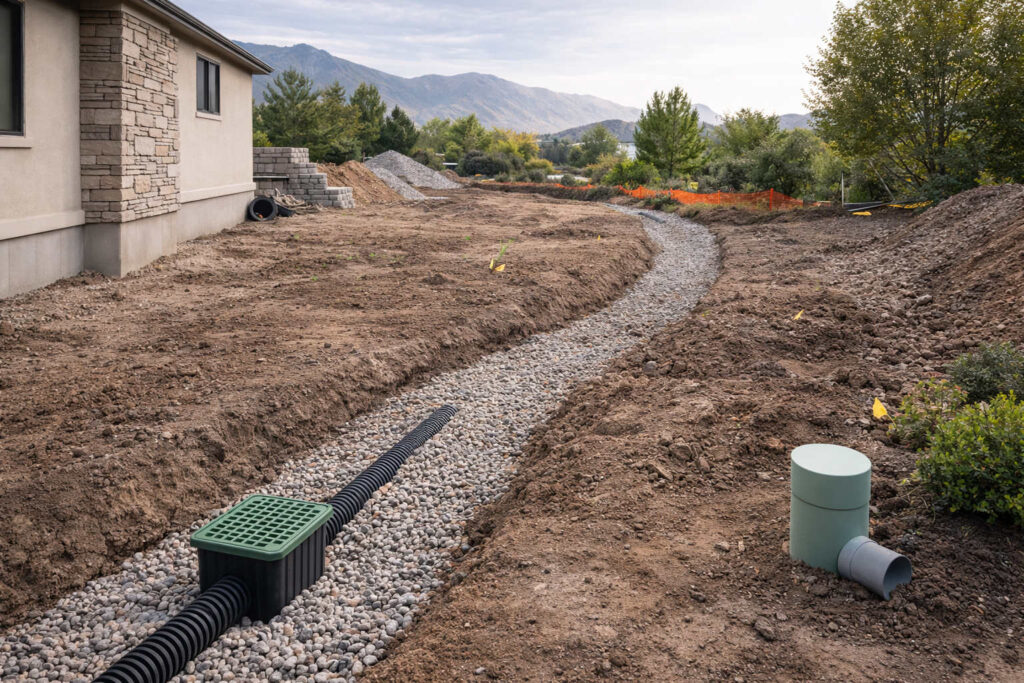Crab grass is a notorious lawn pest that can quickly take over your lawn if left unchecked. Known for its invasive nature and rapid growth, crab grass can detract from the appearance of your lawn and compete with desirable grasses for nutrients and space. In this comprehensive guide, we will explore effective strategies to prevent and control crab grass, ensuring your lawn remains lush and healthy.
What is Crab Grass? Crab grass is a warm-season annual weed that thrives in sunny, disturbed areas. It is characterized by its wide, flat blades and sprawling growth habit. The plant germinates in late spring and early summer when soil temperatures reach around 55°F (13°C). Once established, crab grass can produce thousands of seeds, allowing it to spread rapidly.
Why is Crab Grass a Problem? Crab grass competes with desirable lawn grasses for water, nutrients, and sunlight. Its aggressive growth can quickly crowd out other plants, leading to a weakened lawn. Additionally, crab grass can create an uneven and unattractive appearance, detracting from your lawn’s overall aesthetic.
Preventing Crab Grass
Maintain a Healthy Lawn The best defense against crab grass is a healthy, dense lawn. Follow these tips to keep your lawn in top condition:
- Regular Mowing: Keep your grass at the recommended height for your grass type. Taller grass shades the soil, reducing the chances of crab grass seeds germinating.
- Proper Watering: Water your lawn deeply and infrequently to encourage deep root growth. Avoid frequent, shallow watering, as this can promote crab grass germination.
- Fertilization: Apply a balanced fertilizer according to your grass type and soil needs. A well-fertilized lawn is better equipped to compete with crab grass.
Use Pre-Emergent Herbicides Pre-emergent herbicides are an effective way to prevent crab grass seeds from germinating. Apply a pre-emergent herbicide in early spring, before soil temperatures reach 55°F (13°C). Follow the product instructions carefully for the best results.
Overseed Bare Spots Crab grass often takes advantage of bare or thin spots in your lawn. Overseed these areas with desirable grass species to create a dense, uniform lawn that is less susceptible to invasion.
Controlling Established Crab Grass
Manual Removal For small infestations, manual removal can be effective. Use a weeding tool to carefully pull out crab grass plants, making sure to remove the entire root system. This method is labor-intensive but can be effective for localized infestations.
Post-Emergent Herbicides Post-emergent herbicides can be used to control crab grass that has already germinated. Select a herbicide labeled for crab grass control and follow the application instructions carefully. Apply the herbicide when the crab grass is actively growing for the best results.
Cultural Practices Incorporate cultural practices into your lawn care routine to help control crab grass:
- Adjust Mowing Height: Raise your mower blade to the highest setting recommended for your grass type. Taller grass shades the soil, reducing the chances of crab grass seeds germinating.
- Improve Soil Health: Aerate your lawn to improve soil structure and promote healthy grass growth. Healthy grass is better able to compete with crab grass.
- Mulching: Use organic mulch in garden beds and around trees to suppress crab grass growth. Mulch helps retain soil moisture and reduces the chances of weed seeds germinating.
Long-Term Crab Grass Management
Integrated Pest Management (IPM) Integrated Pest Management (IPM) is a holistic approach to pest control that combines multiple strategies to manage pests effectively. Implementing IPM for crab grass involves:
- Monitoring: Regularly inspect your lawn for signs of crab grass and other weeds.
- Prevention: Use cultural practices, pre-emergent herbicides, and overseeding to prevent crab grass establishment.
- Control: Apply post-emergent herbicides and manually remove crab grass as needed.
Regular Lawn Maintenance Consistency is key to long-term crab grass management. Follow a regular lawn maintenance schedule that includes mowing, watering, fertilization, and aeration. A well-maintained lawn is more resilient to crab grass invasion.
Seek Professional Help For severe crab grass infestations, consider seeking help from a professional lawn care service. Professionals have access to specialized products and equipment and can provide expert advice on managing crab grass in your lawn.
Conclusion Crab grass can be a challenging lawn pest, but with the right strategies, you can prevent and control its invasion. By maintaining a healthy lawn, using pre-emergent and post-emergent herbicides, and incorporating cultural practices, you can keep crab grass at bay and enjoy a lush, beautiful lawn. Stay vigilant, implement integrated pest management, and consider professional help if needed to ensure your lawn remains crab grass-free.
”);


